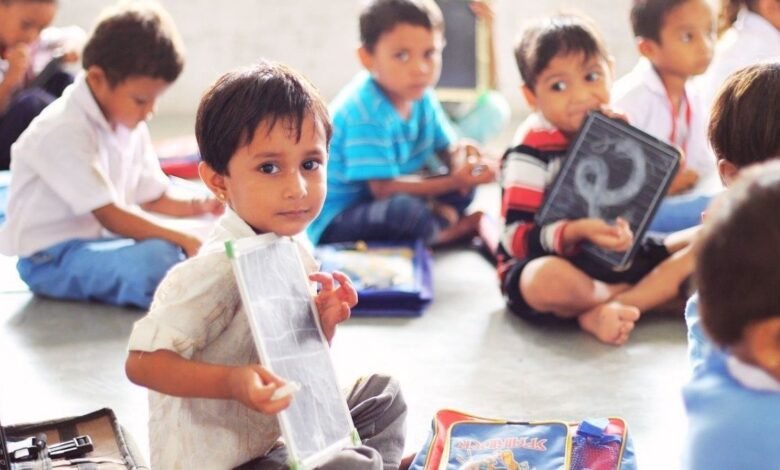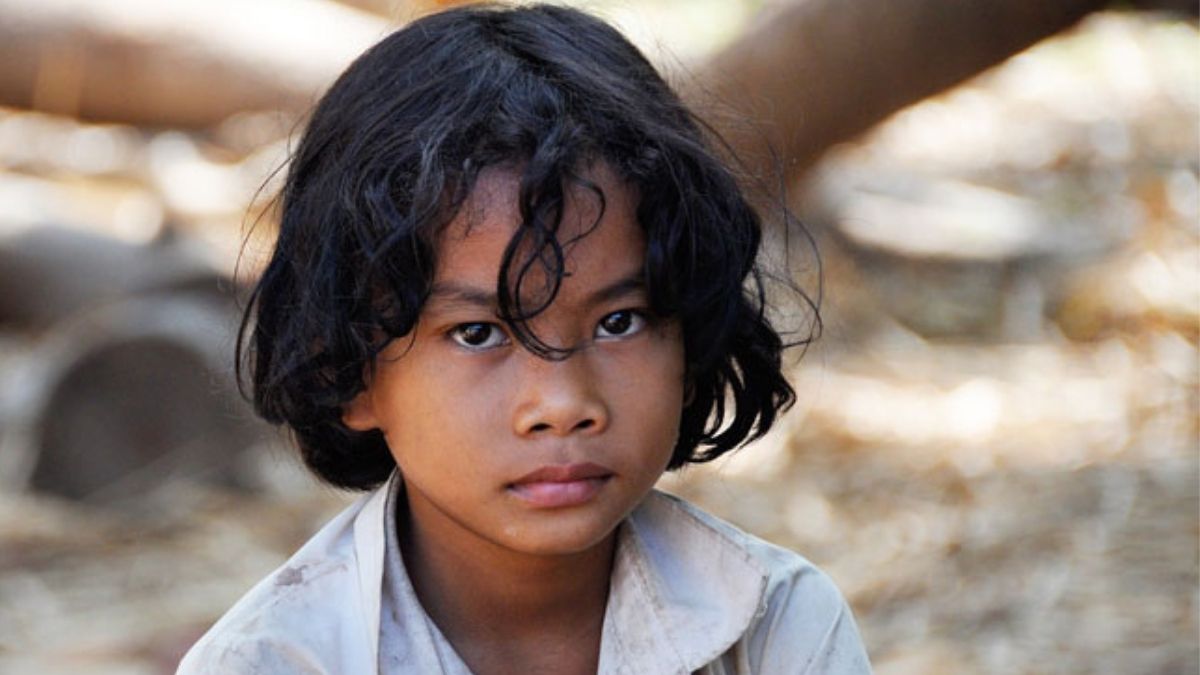Why did the NCERT manual for teachers training receive social media backlash?

The NCERT manual was meant to train teachers and sensitise them on gender inclusion, not school kids.
Around a week ago, National Council for Educational Research and Training (NCERT) had to remove their teacher training material on gender inclusion after receiving a letter from the National Commission for Protection of Child Rights (NCPCR), seeking rectification of anomalies in the document.
The manual titled, Inclusion of Transgender Children in School Education: Concerns and Roadmap, was published on the NCERT website earlier this year.
Reason for the backlash
On November 2, NCPCR wrote a letter to NCERT citing anomalies in the document and took suo moto cognisance in matters related to deprivation and violation of child rights. The chairman of NCPCR, Priyank Kanoongo, has said that the text suggests gender-neutral infrastructures for children that do not correspond to their gender realities and their basic needs. The idea of creating and removing traces will deny equal rights to children with different biological needs.
Priyank Kanoongo further wrote in the letter that this approach would expose children to unnecessary psychological trauma due to conflicting environments at home and school.
The manual in chapter 3 has suggested teachers and students discussion on puberty blockers and their availability for adolescents. The letter also raised concerns about the qualification of members of the drafting committee.
The prime reason for the call of anomalies is – blaming caste patriarchy in Hinduism for the stigma against the transgender and writing about the existence of multiple genders in the Vedic age. “There is evidence for diverse genders and gender expression being socially accepted in the subcontinent since the Vedic age (Vanita and Kidwai, 2000; Michelraj, 2015). However, the dominant social system of caste patriarchy in India had relegated transgender persons to occupations that are stigmatized,” it states.
The NCERT manual drafting committee
Professor and former head of the department of gender studies of NCERT, Poonam Agarwal, coordinated the drafting committee of the teachers training manual. It included contributions from other professors of the gender studies department, Mona Yadav and Mily Roy Anand. Yadav is the current head of the department.
The drafting committee also included a professor of adult and continuing education and extension in the University of Delhi, Rajesh; vice-president of Solidarity and Action Against The HIV Infection in India (SAATHII), L Ramakrishnan; and associate professor of biology and psychology at Ashoka University, Bittu Rajaraman-Kondaiah.
The committee included – Priya Babu, managing trustee at Transgender Resource Centre (Madurai); Vikramaditya Sahai, an associate at Centre for Law and Policy Research (CLPR, Bengaluru); Astha Priyadarshini, Junior Project Fellow; Pawan Kumar, DTP operator; and Manvi Arora, independent researcher.
NCERT’s Department of Women Studies was renamed as the Department of Gender studies after the 2014 NALSA vs Union of India judgement. The judgement recognised their right to self-identify their gender. It also extended constitutional rights to transgender people.
The manual is a result of NCERT’s recent encounter with questions about gender and sexuality. Earlier, they have asserted the importance of introducing gender-neutrality among upper primary kids. The training material on the school leadership program also professed to curb the discrimination against women and transgender.
NCERT manual mentions puberty blockers
Puberty blockers help in delaying unwanted physical changes that do not match someone’s gender identity. Delaying these changes can give more time to a child to explore their options before deciding whether or how to transition. As guessed, they do have medical side effects.
The 100-page manual mentions puberty blockers only twice. It uses the term to introduce the concept of gender-affirmative hormonal therapies (GAHTs).
The annexure quoted the puberty blockers while suggesting that physical education teachers should talk about puberty blockers to Class XI students. “Convey [to students] that these are available and accessible for adolescents experiencing gender dysphoria, who may later identify as transgender persons,” the manual said.
The manual talked about the introduction of gender-neutral washrooms in schools, but it did not mention that authorities have to destroy gender-specific restrooms.
Most atrocities against ‘they or them’ happen in the washrooms causing physical and mental trauma in schools. Thus having a gender-neutral bathroom might witness some improvement.
NCERT manual is for teachers
It is already accepted truth that India lacks acknowledgement and sensitivity towards third or non-binary genders. Social media users have claimed that these certain anomalies will affect the kids. But this manual was for teachers training.
Most Indian kids spend almost half of their time in schools, and teachers can form a bridge between them and gender sensitivity. The NCERT manual quotes National Education policy 2020. “All participants in the school education system, including teachers, principals, administrators, counsellors, and students, will be sensitised to the requirements of all students, the notions of inclusion and equity, and respect, dignity, and privacy of all persons,” it added. However, NEP 2020 has addressed transgender as a socioeconomically disadvantaged group.

Such Manuals are need of the hour
The manual mainly highlights various real-life problems faced by school-going transgender and gender non-conforming individuals. Their daily problems include gender-biased uniforms and infrastructure, violence and abuse. Apart from that, it also talks about various measures taken by the government, UNDP schools and NCERT.
Towards the end, it mentioned several concrete steps for improving access to school education in transgender people. It has suggested various holistic approaches to highlight gender-neutral and transgender-friendly schools and education.
The manual quotes that only 19 and six students have appeared for CBSE’s class X and XII exams in 2020. The abysmally low enrollment rate does not correspond to a lack of intelligence or interest in the said community or students as they have a high pass percentage rate.
The NCERT manual ended with essays about successful transgender men and women as a source of inspiration.
Transgender and Vedic age
Social media users have falsified the claim that transgender existed in the Vedic age. The rise of casteism and the arrival of Britishers have reduced them to unwanted social beings. History proves it. The Puranas and Vedas interpretation has allowed Hindus to celebrate and revere the transgender community for their divine powers.
The community finds its place in the ancient literature, Kama Sutra, written between 400 BC and 200 CE. Both Hindu epics – Mahabharata and Ramayana—note their presence. Lord Krishna in The Mahabharata transformed to Mohini to marry Arjun’s son, Aravan, destined to die in the next-day battle.
In Ramayana, Lord Ram blesses the Hijra or transgender community as they follow him despite his banishment from Ayodhya. Lord Shiva, the destroyer of the world and revered as one of the principal deities of Hinduism, merges with his wife, Parvati, to form Ardhanareshwara. Many Tamil transgender people identify themselves with Aravanis, as they can marry a man who can turn into a woman.
Moreover, specific literary texts had explained the natural occurrence of people from the ‘third sex’. This classification demarcated an entire community of people who would not procreate. Jain texts mention that the third gender does not have physiological differences but conform to the psychological sex. It indicated that this identity was also mostly a choice.
The colonial power has distorted the literary texts to divide and rule. Since the 18th century, Hijras are fighting a long and hard battle to reclaim their rights and identity.